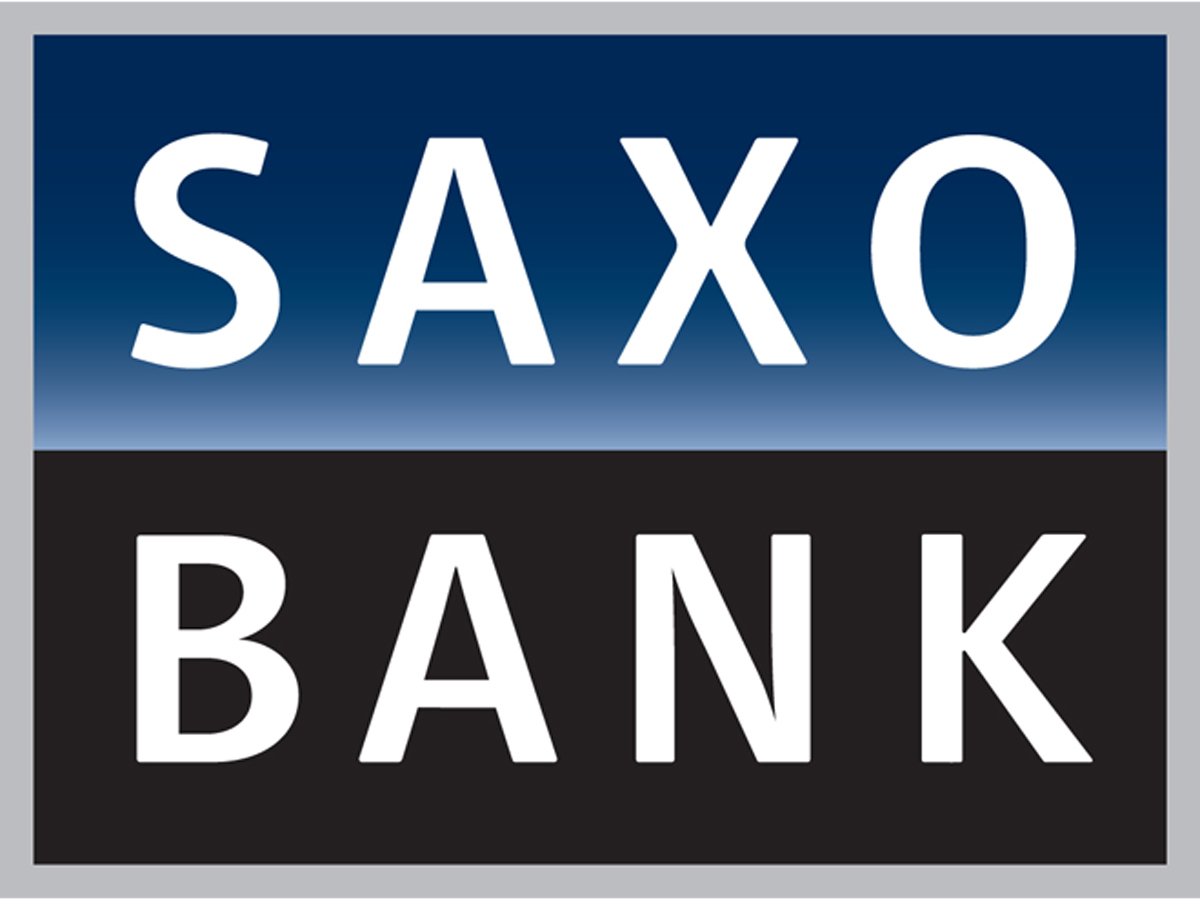By Emmanouil Lemonakis, Head of Central Eastern Europe Region for Saxo Bank
One of the most important aspects when considering the make-up of an investment portfolio is diversification. By allocating investments amongst a variety of instruments and geographies investors can reduce their exposure to risk, especially during times of market volatility. The key to successful diversification is to choose a range of assets that react differently to the same event and have a historic pattern of returns moving in different directions.
The rationale for diversification is clear. If one asset class or investment within your portfolio is performing poorly, having a diverse range of investments will allow you to offset the impact of the poor performance from a single asset on your overall portfolio returns.
Take a position in the market without owning the underlying asset
Another way of minimising adverse exposures on your portfolio is to achieve exposure to instruments without owning an underlying asset. Increasingly popular as an instrument for diversifying a portfolio are CFDs, specifically CFDs on Indices. CFDs - also known as Contracts for Difference - are a derivative product which allow investors to take a position in the market and trade live market price movements without needing to own the underlying asset. In the case of CFDs on Indices, investors realise a gain by predicting whether the underlying asset - a specific stock market index - will rise or fall in price.
Investing in the stock market is one of the most popular and well-known financial investments, which makes the transition to trading in CFDs on Indices simple. Indices represent the collective value of the underlying public traded companies on a particular stock market. One of the most well-known indices is the S&P500, a group of 500 large companies listed on the NYSE or NASDAQ. When you invest in the S&P500 index you are making an investment based on the overall performance of these 500 companies. It's a popular index because it is considered representative of the US stock market and its performance usually reflects wider trends in the US economy.
Stock indices are generally highly responsive to economic data and news which makes it easier to forecast and trade than following individual companies. The most popular indices are made up of blue chip securities and they usually perform in a way that acts as a benchmark of the market performance of the country in which they are based.
CFD Indices growing in popularity with Europe investors
In Central and Eastern Europe, there is growing interest from Saxo Bank clients in CFD indices, with these assets now traded by 23% of our clients. Amongst the most popularly traded indices by Saxo Bank clients in the region are the Germany 30, US SPX500, US 30 Wall Street, US Tech 100 NAS, and UK 100.
It's no coincidence that these five indices are popular with Saxo traders in Europe, as one of the key advantages of CFDs on Indices is geographical diversification. Domestic stock markets in Central and Eastern Europe have been dogged by low returns in recent times and investors are increasingly looking for new opportunities outside the local market to invest in. By investing in Indices, traders have access to stock markets from all around the world, regardless of whether they are based in Prague, Warsaw, Athens, Istanbul, or Baku.
Spread risk and reduce market exposure
Investing in an index of the stock market is considered less risky than investing in individual stocks, which makes indices an ideal diversification tool. By investing in a group of stocks, traders spread their risk across the whole market. The other advantage of CFD indices is that they are straightforward to invest in; traders simply place an order on the index and if they make the correct assumption that the index will grow in value, they will earn the difference in the price. Because traders don't own the underlying asset, trading costs are lower and - in contrast to owning a stock - there are no restrictions on short selling, so it's possible to profit whether the market is moving up or down.
CFDs are also margin-traded products, which means traders are only required to supply a fraction of the total cost of buying the underlying asset. While CFD trading does offer the potential of greater returns compared to traditional instruments, it can also lead to greater potential losses.
Most importantly, investors need to take essential measures to educate themselves about the assets they are investing in and ensure they understand all the advantages and disadvantages of trading an instrument. This is always an important aspect to consider when taking out investments, but is even more critical during times of extreme volatility. At Saxo Bank we take investor education seriously - we want to enable our clients to access the investment market over a long term and to take advantage of all opportunities that are available in the global markets.






